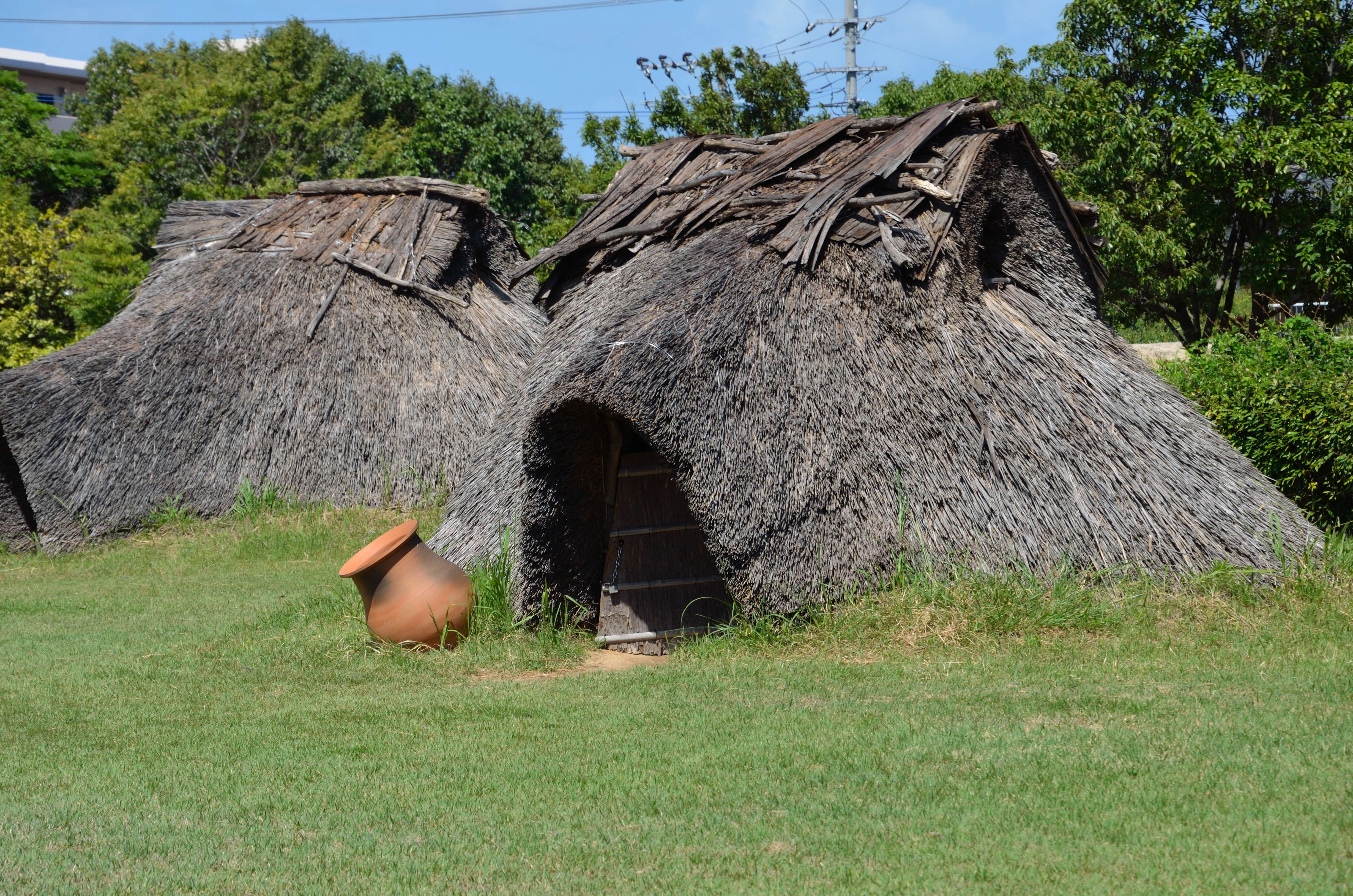Back in the late 1970s, the city planners of Karatsu, a fishing community on the northern coast of Kyushu, decided to build a new road. This provided a rare opportunity for local archaeologists. Seizing the chance to burrow with abandon in the densely developed region, they established a dig and began to search for pollen and seeds from ancient plants (among other buried treasures).
One day, they mixed a scoop of soil with water to separate out the pollen, and something unexpected floated to the top: a handful of tiny black discs. It turned out to be carbonized millennia-old rice that would soon lead them to the oldest paddy fields ever discovered in Japan.
"Reporters were calling around the clock," recalls Ryuuta Tajima, who was a young researcher at what came to be known as the Nabatake Ruins, and who today directs the Matsurokan Museum built on the site in Saga Prefecture.



















With your current subscription plan you can comment on stories. However, before writing your first comment, please create a display name in the Profile section of your subscriber account page.